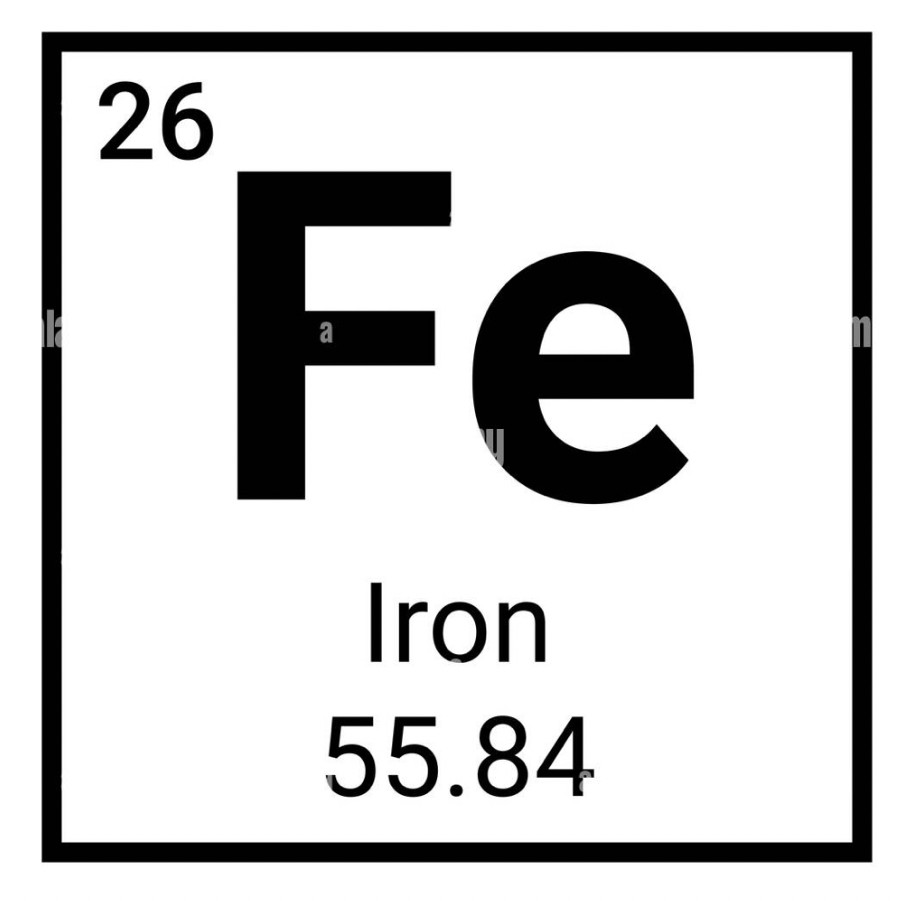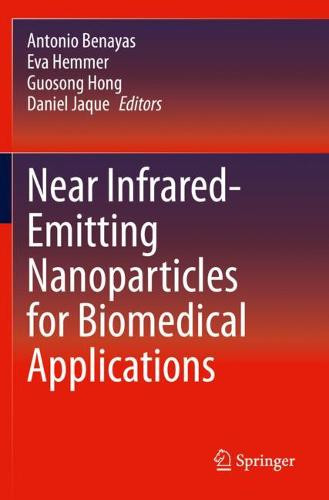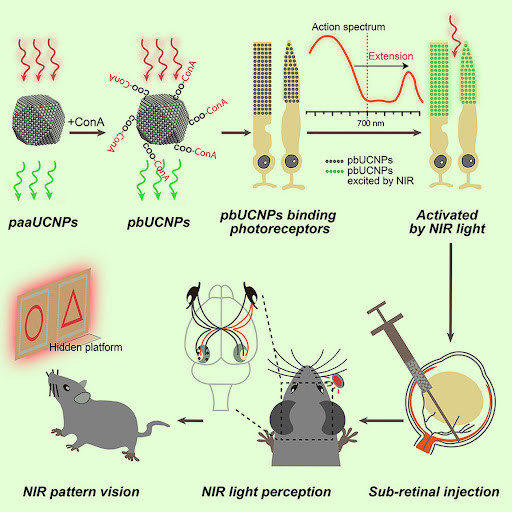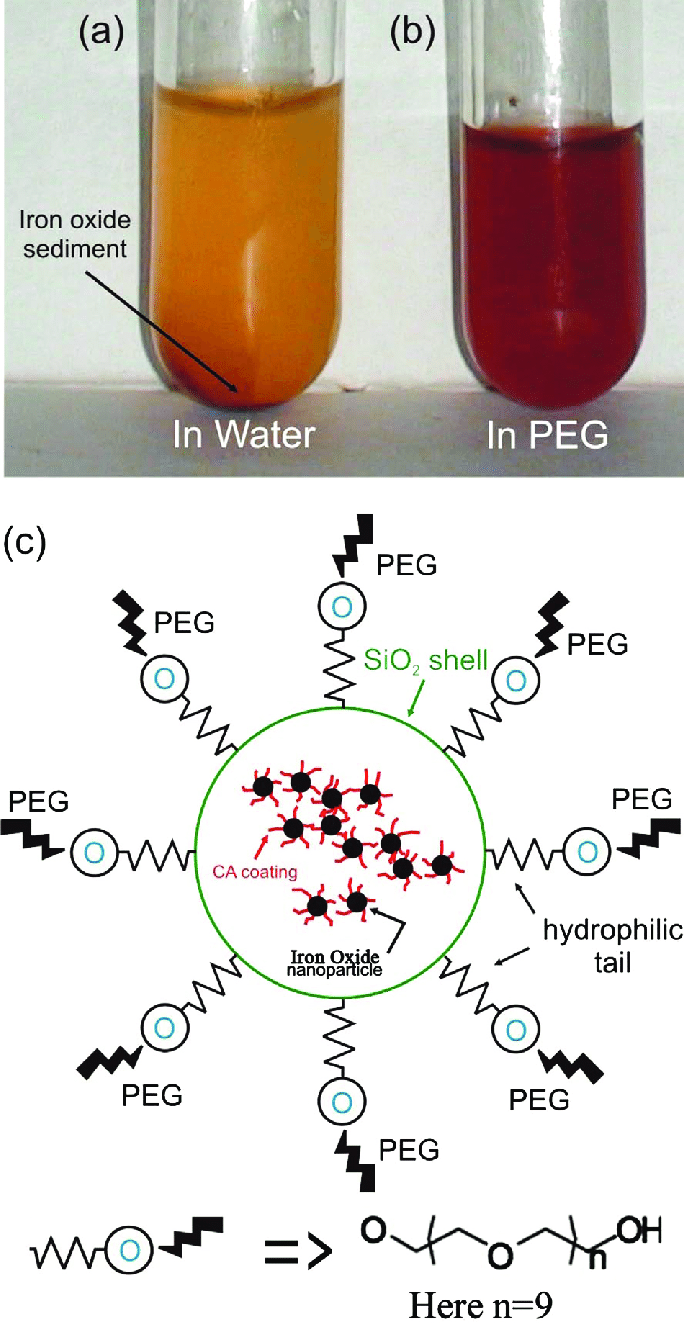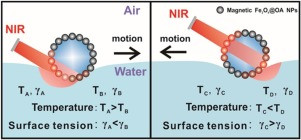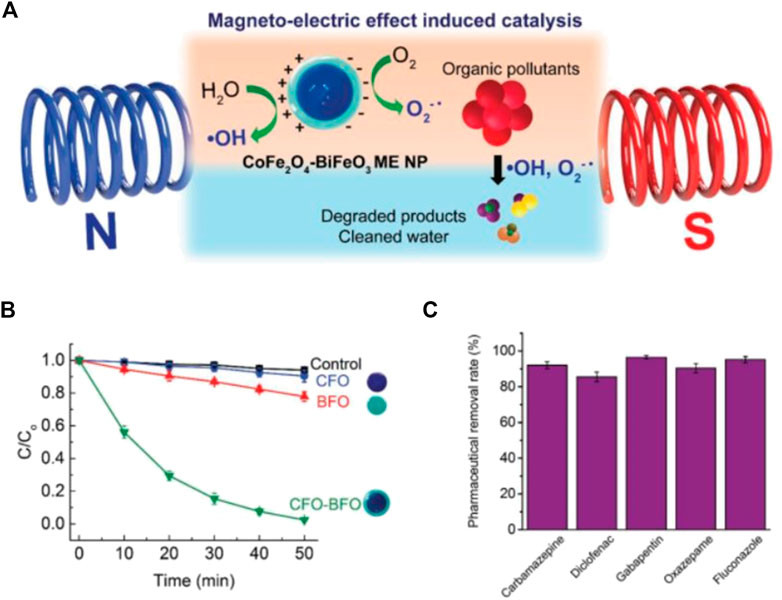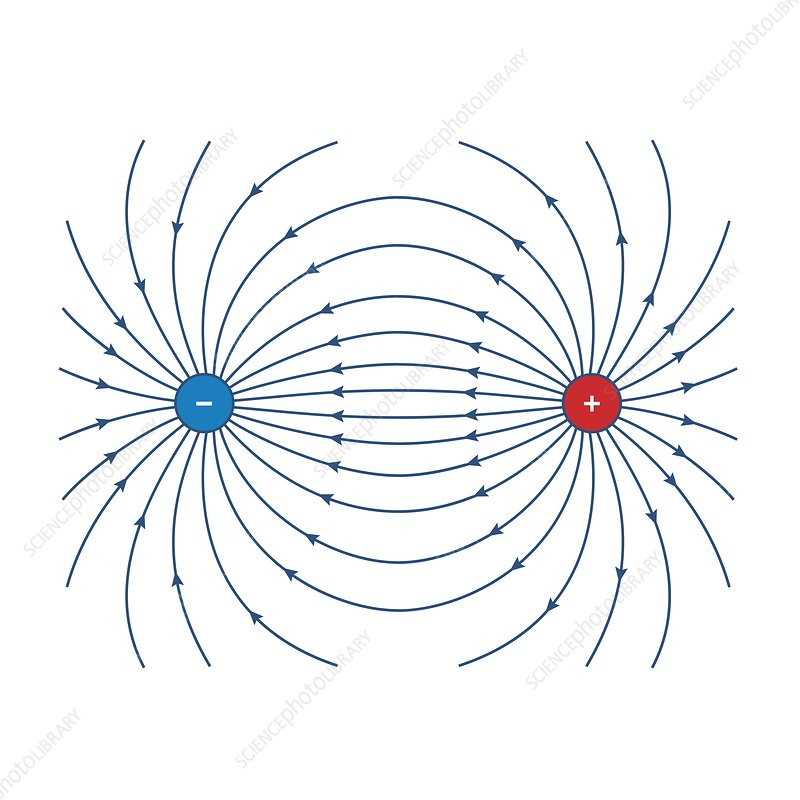F E A R E D
be afraid of (someone or something) as likely to be dangerous, painful, or harmful.
Only followers of this user (@Joey) can see their posts
Synthesis of the core/shell-structured Fe3O4/Au nanoparticles by trapping Fe3O4 inside hollow Au nanoparticles is described. The produced composite nanoparticles are strongly magnetic with their surface plasmon resonance peaks in the near infrared region (wavelength from 700 to 800 nm), combining desirable magnetic and plasmonic properties into one nanoparticle.
there is an inevitable need to address the issue of safety and health effects of these nanoparticles. Hence, the present study was aimed to assess the cytotoxic effects of IONPs on rats' lymphocytes. Using different assays, we studied diverse parameters including mitochondrial membrane potential, intracellular accumulation of reactive oxygen species (ROS), lactate dehydrogenase activity, antioxidant enzymes activity and DNA damage measurements. Intracellular metal uptake and ultrastructure analysis were also carried out through inductively coupled plasma atomic emission spectroscopy, transmission electron microscopy respectively.
The results show that the IONP-induced oxidative stress was concentration-dependent in nature, with significant (P < 0.05) increase in ROS levels, lipid peroxidation level as well as depletion of antioxidant enzymes and glutathione. Moreover, we observed morphological changes in the cell after intracellular uptake and localization of nanoparticles in cells. From the findings of the study, it may be concluded that IONPs induce ROS-mediated cytotoxicity in lymphocytes.
aired
simple past tense and past participle of air
See also
aired-out
Adjective
aired (not comparable)
(of a complaint or problem) Having been uttered or spoken of, such that certain persons are aware.
(of a show) Having been broadcast, such as on television or radio
be
/biː/
verb
3rd person present: are
1.
exist.
"there are no easy answers"
Old English bēon, an irregular and defective verb, whose full conjugation derives from several originally distinct verbs. The forms am and is are from an Indo-European root shared by Latin sum and est . The forms was and were are from an Indo-European root meaning ‘remain’. The forms be and been are from an Indo-European root shared by Latin fui ‘I was’, fio ‘I become’, and Greek phuein ‘bring forth, cause to grow’. The origin of are is uncertain.
ared
simple past tense and past participle of aread
From Old English arēdan, arǣdan, corresponding to a- + read. Cognate with German erraten.
Verb
aread (third-person singular simple present areads, present participle areading, simple past and past participle ared)
(obsolete) To soothsay, prophesy. [11th-17th c.]
(obsolete) To interpret; to explain. [11th-19th c.]
(obsolete) To advise, counsel. [16th-17th c.]
Rate equations are used to study the dynamic magnetic properties of interacting magnetite nanoparticles viewed as double well systems (DWS) subjected to a driving field in the radio-frequency range. Dipole–dipole interaction among particles is modeled by inserting an ad-hoc term in the energy barrier to simulate the dependence of the interaction on both the interparticle distance and degree of dipole collinearity. The effective magnetic power released by an assembly of interacting nanoparticles dispersed in a diamagnetic host is shown to be a complex function of nanoparticle diameter, mean particle interdistance and frequency.
Dipolar interaction markedly modifies the way a host material is heated by an assembly of embedded nanoparticles in magnetic hyperthermia treatments. Nanoparticle fraction and strength of the interaction can dramatically influence the amplitude and shape of the heating curves of the host material; the heating ability of interacting nanoparticles is shown to be either improved or reduced by their concentration in the host material. A frequency-dependent cut-off length of dipolar interactions is determined and explained. Particle polydispersity entailing a distribution of particle sizes brings about non-trivial effects on the heating curves depending on the strength of dipolar interaction.
red-hot
/rɛdˈhɒt/
adjective
1.
so hot as to glow red.

